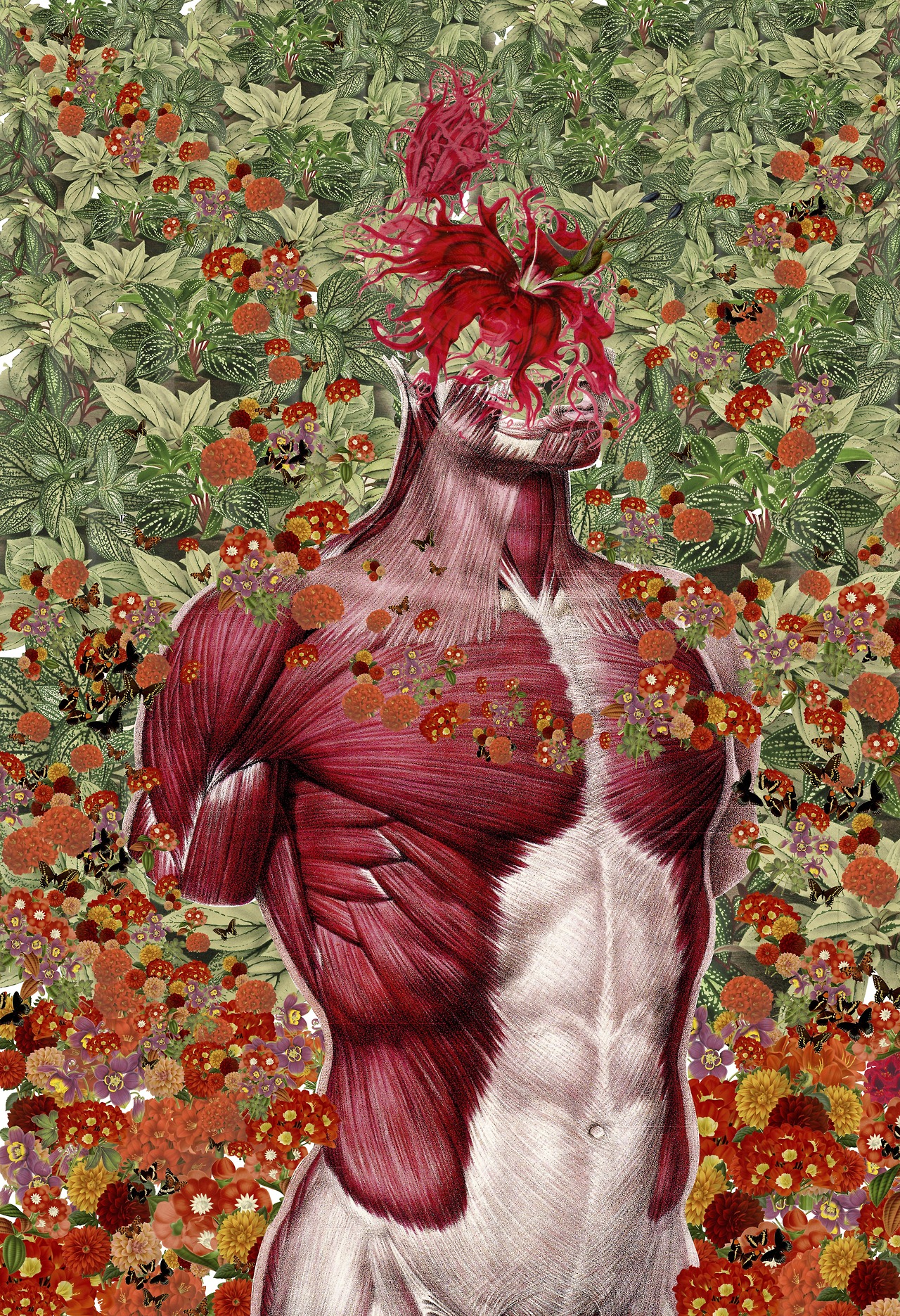Life is made of smells. Because smells play an important part in an organism's ordinary day to day life - it's a question of survival. And who says survival, says reproduction and food. Flowers exude perfumes to attract pollinators. There is evidence that spermatozoa sniff their way to eggs. Animals avoid eating what smells bad, but will be seduced by what smells good. While others let off putrid scents to ward off predators or, on the contrary, discharge encouraging ones to lure their prey. On the whole, the process is simple. If a fragrance is pleasant, an organism will be attracted by it. If it is not, it will turn away. This relatively direct means of communication between organisms is carried out by a more or less elaborate olfactory system. Recently, scientists managed to modify an odorant receptor - known as Orco - of Aedes aegypti, the mosquito responsible for transmitting yellow fever and dengue fever to humans. In so doing, the mosquito seemed to lose its taste for human skin - a valuable fact which could be used to develop powerful insect repellents.
Mosquitoes use their sense of smell to track down specific mammals, guided by exhaled CO2, body temperature and the specific scent of chemicals produced by mammalian skin. It is now a well-known fact that only female mosquitoes bite. This is because they need vertebrate blood for their eggs to complete the reproductive cycle. Why Nature happened upon such a process remains a mystery - especially since there seems to be little evidence of mammals benefiting in any way from this kind of attention. Two mosquitoes show a marked preference for humans, namely Aedes aegypti and Anopheles gambiae. And, in so doing, they transmit diseases they carry, such as dengue fever, yellow fever and malaria. A.gambia, for instance, infects hundreds of millions of people with malaria every year, giving rise to large-scale health and economic issues.
An animal's olfactory system depends on odorant receptors - ORs - that are expressed on olfactory neurons. Unexpectedly, the number of ORs in animals varies hugely. As an example, fruit flies carry about 60 different ORs, while mosquitoes only carry about 27 - none of which have corresponding genes in the fruit fly! Though it may be expected that all animals depend on an olfactory system that works on the same basis, it is not the case. Indeed, it was initially thought that, upon ligand binding, as in the mammalian system, all ORs underwent conformational changes which ultimately relayed the signal down the olfactory neuron. However, scientists discovered that, in Drosophila for instance, the system was very different and signal transduction depended on odorant-gated cation channels. This also seems to be the case for the mosquito's olfactory system.

The system works thanks to the combined efforts of two entities: a specific OR and Odorant Receptor Coreceptor, also known as Orco. Orco always accompanies an OR, and is expressed in all olfactory neurons. Hence, a typical insect olfactory system depends on a heteromeric odour-gated ion channel, made up of an OR which binds a specific odour ligand and the coreceptor Orco. Is Orco really all that important? Well, when scientists mutated it in A.aegypti, they found that the engineered mosquitoes, though still eager to feed on mammals, ignored humans. This suggested that Orco is essential for recognising a particular scent given off by human skin. Such a finding is of great interest since it makes the coreceptor an ideal target for developing insect repellents.
From a molecular point of view, what is happening? Orco is a classical transmembrane G-protein coupled receptor which is activated the moment an odour molecule binds to the OR-Orco heteromer. Orco was engineered by unleashing zinc-finger nucleases onto it, which proceeded to make targeted mutations. The mutated Orco showed a clear reduced preference for humans - yet were still attracted to other vertebrates but seemed to be incapable of discriminating between them. The obvious conclusion is that, for mosquitoes, Orco is necessary for identifying human skin. However, how Orco interacts with ORs and relays the olfactory signal is unknown. And this is what needs to be understood to develop the ideal mosquito repellent to fight against the infectious diseases they transmit.
So Orco seems to be the part of a mosquito's olfactory system that gives it the ability to identify human skin. Or, a provocative thought, is it Orco that prevents mosquitoes from being attracted to any other vertebrate...? The question remains open, but doesn't change the end result: in mosquitoes, the OR-Orco pathway provides information on the specific identity of a host and, in A.aegypti and A.gambiae, the heteromer mediates a clear preference for humans, and the concomitant unfortunate transmission of infectious diseases.
Pest insects, such as mosquitoes but also other blood-sucking insects like ticks, can be disastrous for agriculture and human health, besides having an effect on a nation's economy. If the olfactory systems of these insects are understood on a very fine level, repellents can be designed to counter the damage they cause when feeding on their preferred animal - or indeed plant - host. It is obviously not possible to engineer the Orco of each mosquito... but studying Orco in its mutated form will help to understand the molecular mechanisms underlying a mosquito's preference for human skin - following which, an Orco-specific insect repellent could be designed and, perhaps, the lives of millions of people could be saved.

